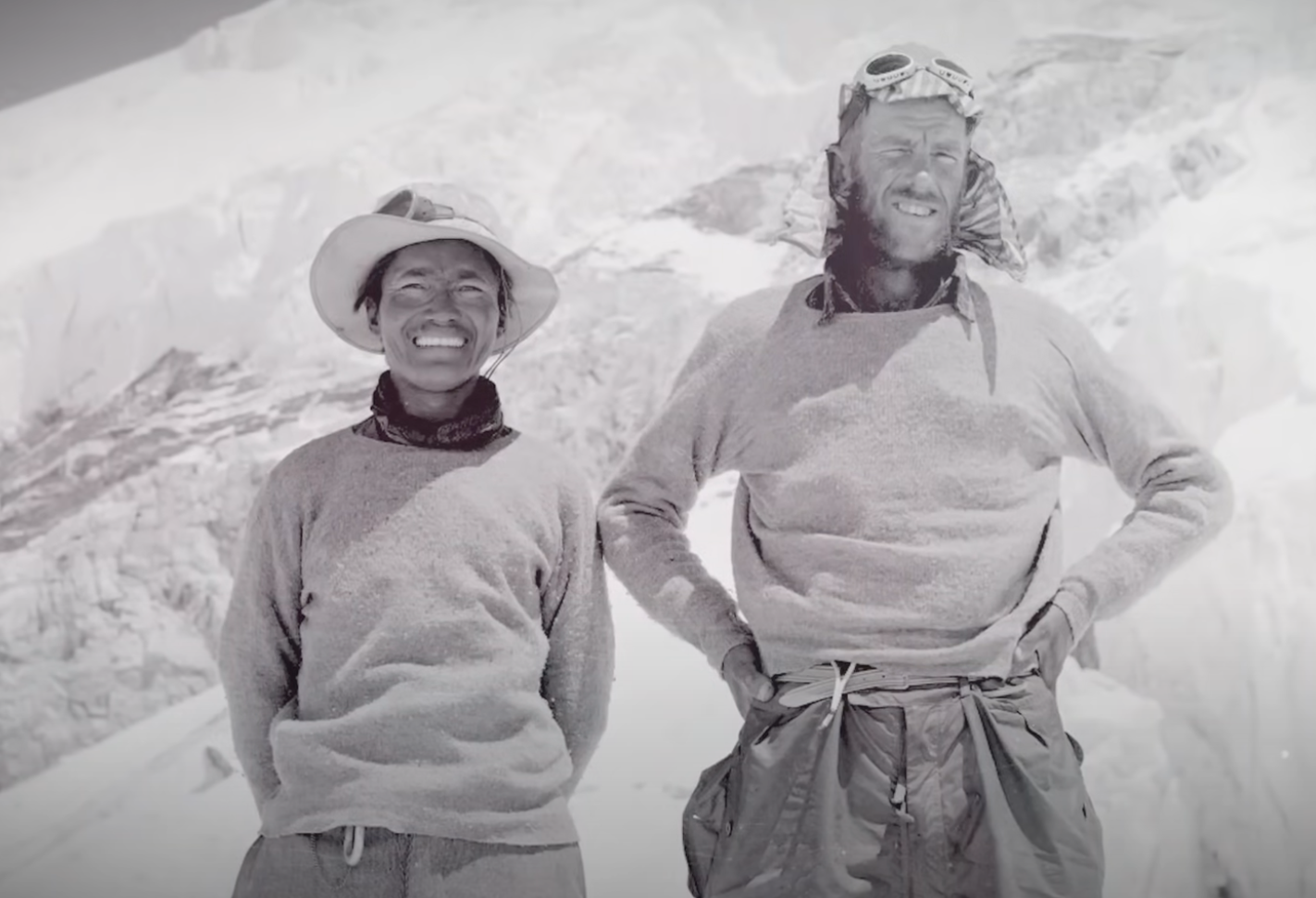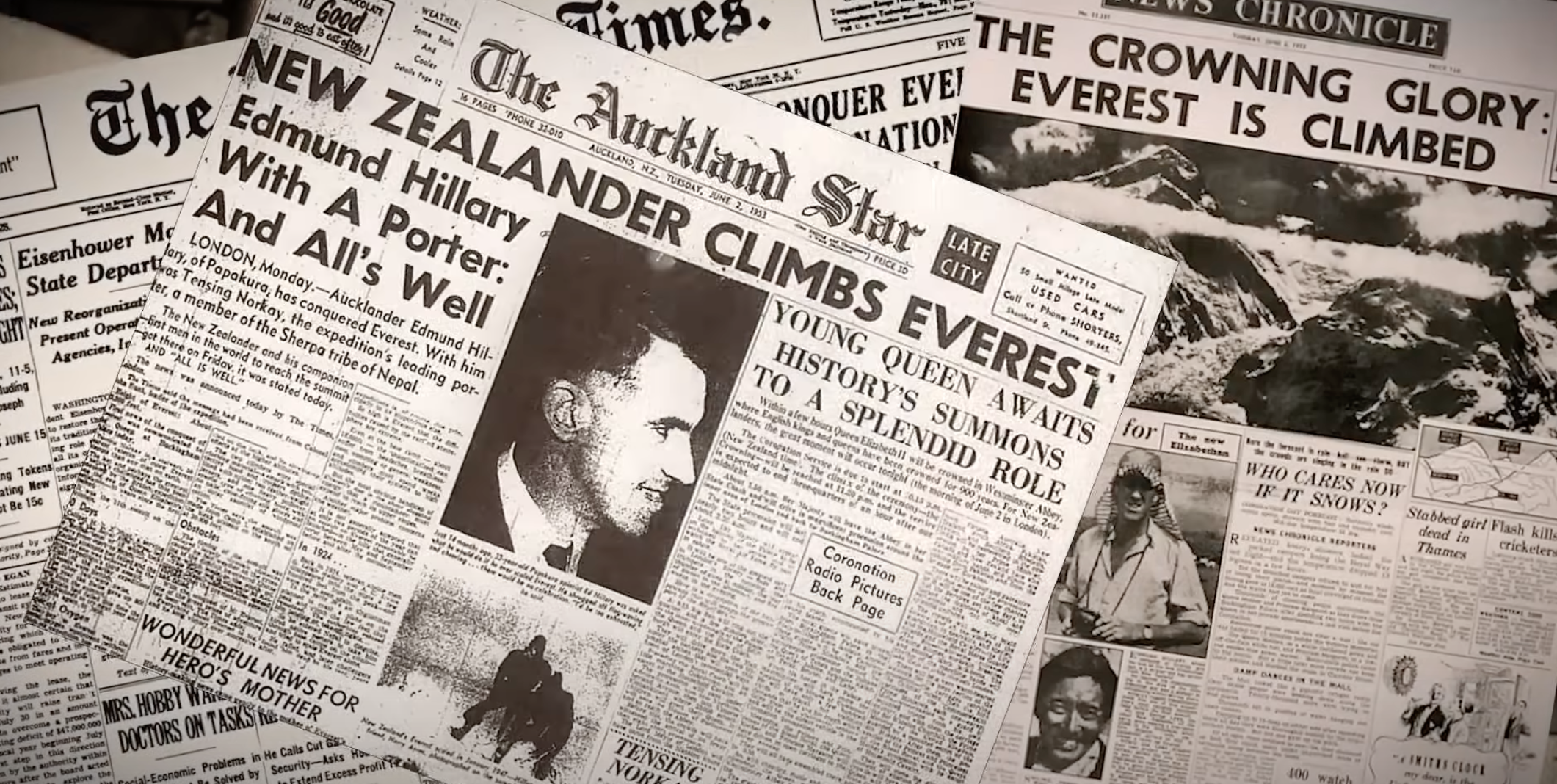The Leader and the Moment

Walter Mitty: When are you going to take it?
Sean O'Connell: Sometimes I don't. If I like a moment, for me, personally, I don't like to have the distraction of the camera. I just want to stay in it.
Walter Mitty: Stay in it?
Sean O'Connell: Yeah. Right there. Right here.
The Secrete Life of Walter Mitty
The movie is “The Secret Life of Walter Mitty.” You’ve probably come across this scene somewhere… It’s one of those movies worth watching, with a deeper message, as well as incredible cinematography and soundtrack. Watch it!
The discussion about this moment in the film is about being present in the moment—something we often forget. But when I watched this scene, it reminded me of a story about a photograph—the photograph of the first man to reach the top of Mount Everest.
The official photo is the one below, showing the Indian Sherpa Tenzing Norgay, who reached the summit on May 29, 1953:

Sherpa is an ethnic group native to the Himalayan region, primarily in Nepal, but also found in Tibet, Bhutan, and India. They are known as guides and porters for mountaineering expeditions in the region due to their knowledge of the terrain and their exceptional ability to adapt to high altitudes. They are the guides you hire to carry your luggage and show you the best path.
But Norgay didn’t reach the summit alone. He was accompanied by a New Zealand explorer named Edmund Hillary. There is no record of Hillary at the top of the mountain, only of Norgay.

When the two reached the summit of the mountain—an incredible feat for that May of 1953—Hillary took out his camera, snapped a photo of his expedition partner, and 15 minutes later, they descended the mountain.
That’s exactly what you understood. He didn’t ask Norgay to take a picture of him. They didn’t take a selfie together on the mountain. The only photographic record at the summit isn’t of the pair—it’s of Norgay alone.
Hillary would later declare that he didn’t give much importance to the photo. But he knew what would happen. As a New Zealander, the world would place him on the pedestal of a summit he didn’t conquer alone. A photo of himself would have made headlines, and the experienced Sherpa Norgay would likely never be remembered.
Below are some of the newspaper records from that time:

By not putting the spotlight on himself, Hillary was noble enough to make that photo of a single man a demonstration that, in reality, it was the work of a team.

Can you imagine something like this happening today? Have you thought about the dozens of Instagram or LinkedIn leaders who promote their achievements without acknowledging the team that got them there?
Imagine how much greater we could be by highlighting and elevating the team around us above ourselves. We would create a legion of purpose-driven individuals, united in pursuing a path that is far more important than the accomplishment itself.
Have you seen any recent leaders doing this?
Sir Edmund Hillary spent the rest of his life helping the people of Nepal, one of the poorest populations in the world.
Over half the population lives on $3 a day or less. Many families often have to walk for hours to access basic services like safe water, healthcare, and schools.
By the end of his life, Hillary had founded over 42 schools and medical clinics in Nepal.
May 29 is a special date for me; besides conquering Everest, it’s the birthday of my dear brother Ricardo. I dedicate this text to him.